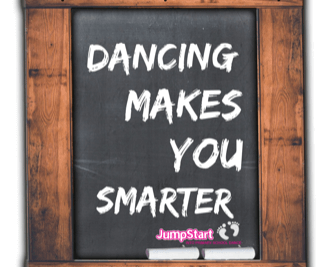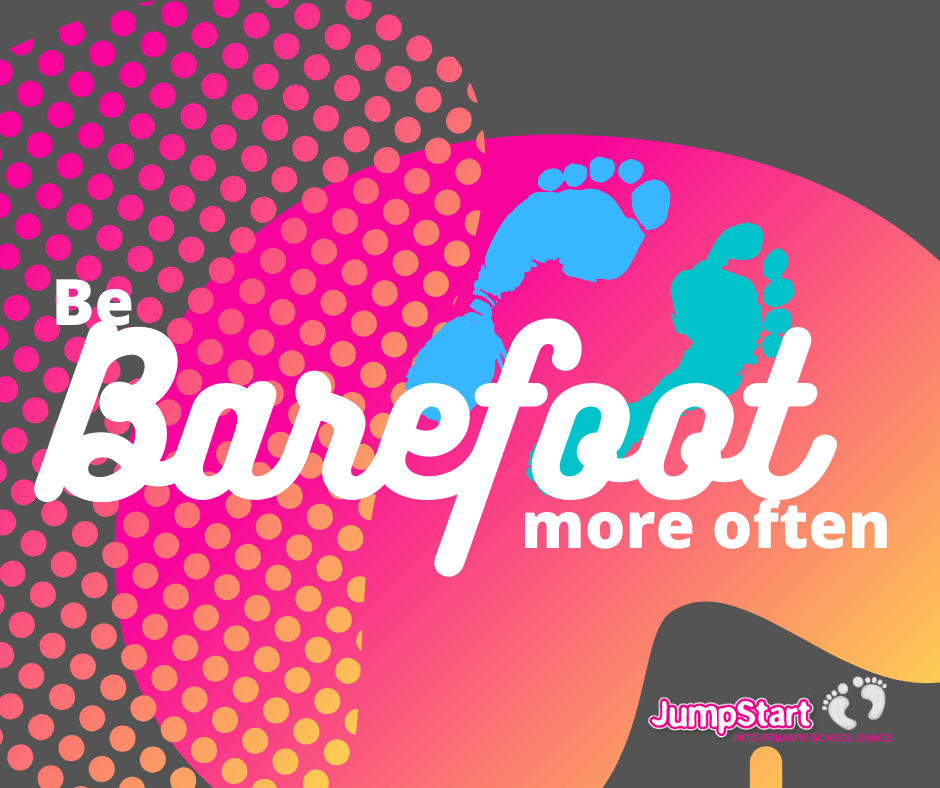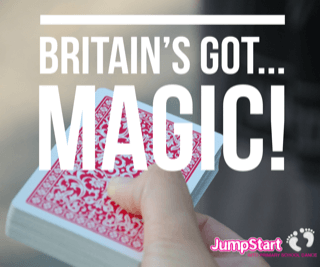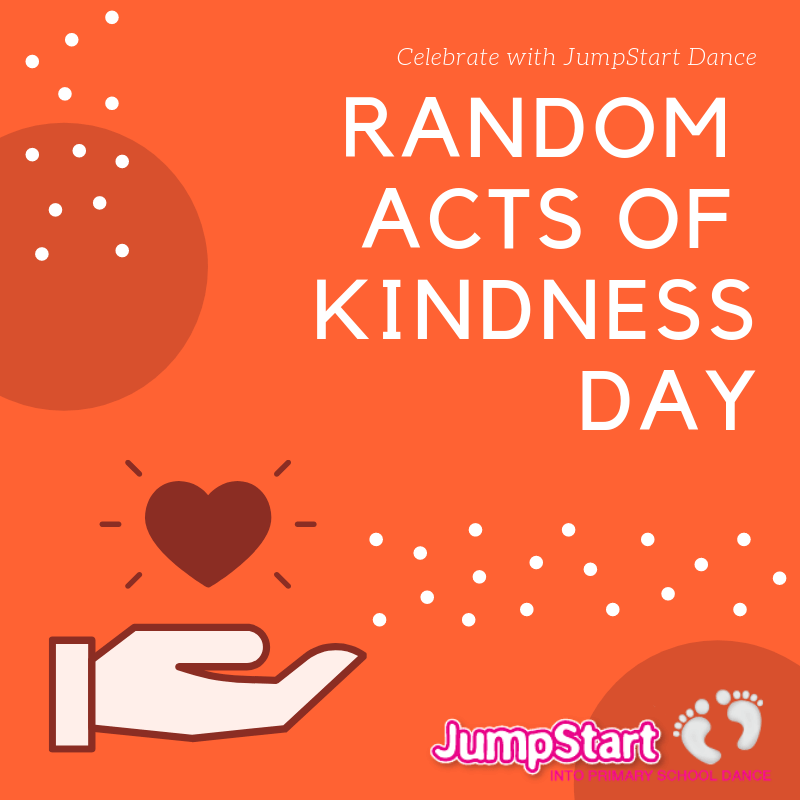You may have found that since the coronavirus lockdown (I am writing at the beginning…

Dancing Makes You Smarter – here’s how you can do it with your class
Over the course of the last few weeks, we’ve been blogging about wellbeing and the importance of dance on our health. But did you know that dancing can actually improve intelligence?
We already know that movement is good for us and the children we teach – it improves co-ordination, balance, strength and cardiovascular health. As identified in the National Curriculum, PE provides opportunities for ‘pupils to become physically confident in a way which supports their health and fitness’.
Recent studies have also revealed just how beneficial exercise is to our IQ.
John Ratey, in his book ‘Spark: How exercise will improve the performance of your brain’ discovered that the biggest factors in determining academic performance were BMI and aerobic fitness levels in children. So doing ANY kind of exercise is beneficial to our brains as well as our bodies.
What is so special about dance?
A 21 year study, published in the New England Journal of Medicine, investigated a range of cognitive and physical leisure activities including swimming, playing golf, reading and dancing. What the researchers were most interested in was which, if any, of these recreational pastimes could influence mental acuity in the elderly. What they discovered was astonishing.
- Cycling, swimming and playing golf provided 0% protection against dementia
- Reading provided a 35% protection
- Doing crosswords frequently provided a 47% protection
- Dancing frequently provided a 76% protection
A 76% protection from dementia, from dancing! This was the only physical activity that had impact on mental acuity and the greatest risk reduction from any of the pastimes used in the study.
Why did they get these results?
Richard Powers, reflecting on this study into leisure activities and the risk of dementia, explains that ‘dancing integrates several brain functions at once – kinaesthetic, rational, musical and emotional – further increasing your neural connectivity’. So incorporating a number of different brain functions creates new neural pathways, keeping the brain active and alert. And dance is great at using lots of functions all at once.
How does this benefit my class?
The key to improving mental acuity is in the DECISION MAKING PROCESS. Whilst learning and reproducing set routines might be fun and improve fitness, it won’t develop intelligence.
Therefore, it is vital to use CREATIVITY in dance. Why? Setting a simple choreographic task gets the children’s brains working. Not only are they moving their bodies, but they also have to consider how, where and with whom they are moving all at the same time. Additionally, the children are thinking about how to respond to the starting point and how to express that through the decisions they make with their movement.
Simple ways to get your pupils smarter through dance
Give your class a starting point and get them to create their own movement – remember they need to make their own decisions about how to do it. Not everyone will do the same kinds of movement and that’s exactly the point. Being creative means doing things in your own way and making your own choices.
Some suggestions for starting points…
Props
Sponges, feathers, building blocks, jack in a box. Just bring some items in and either allow the class to explore movement directly with them, or demonstrate how the prop moves yourself and ask the children to copy how it moves (but without the actual prop).
Music
Play some contrasting tunes like ‘Technologic’ by Daft Punk and ‘Raiders March’ by John Williams and ask the children to respond with movement, either by themselves or with a partner.
Dance
Show the kids a dance on the interactive whiteboard. It could be a scene from The Greatest Showman, an excerpt from Diversity or something from the Opening Ceremony of the London 2012 Olympics. Play it several times and ask the children to recreate a moment they enjoyed watching. They won’t remember everything they’ve seen and this is the point – allow them to make their own decisions to reinterpret what they have seen.
It may feel uncomfortable at first to allow the children such freedom in their movement, especially as you can’t control the outcome in the same way you can literacy and numeracy. And if the class themselves aren’t used to moving more creatively, it may take a few sessions for them to get used to the idea. But these types of activities will benefit the pupils in all kinds of ways and they’ll also be having fun at the same time!
Would you like help with injecting creativity into your classroom? JumpStart are specialists in combining the curriculum with creative dance. We can bring our imaginative movement style direct to your children, or train teachers to build their confidence in teaching choreography. Drop us an email to see how we can help you [email protected]
Or check out our experience days for schools here
And our INSET packages here



